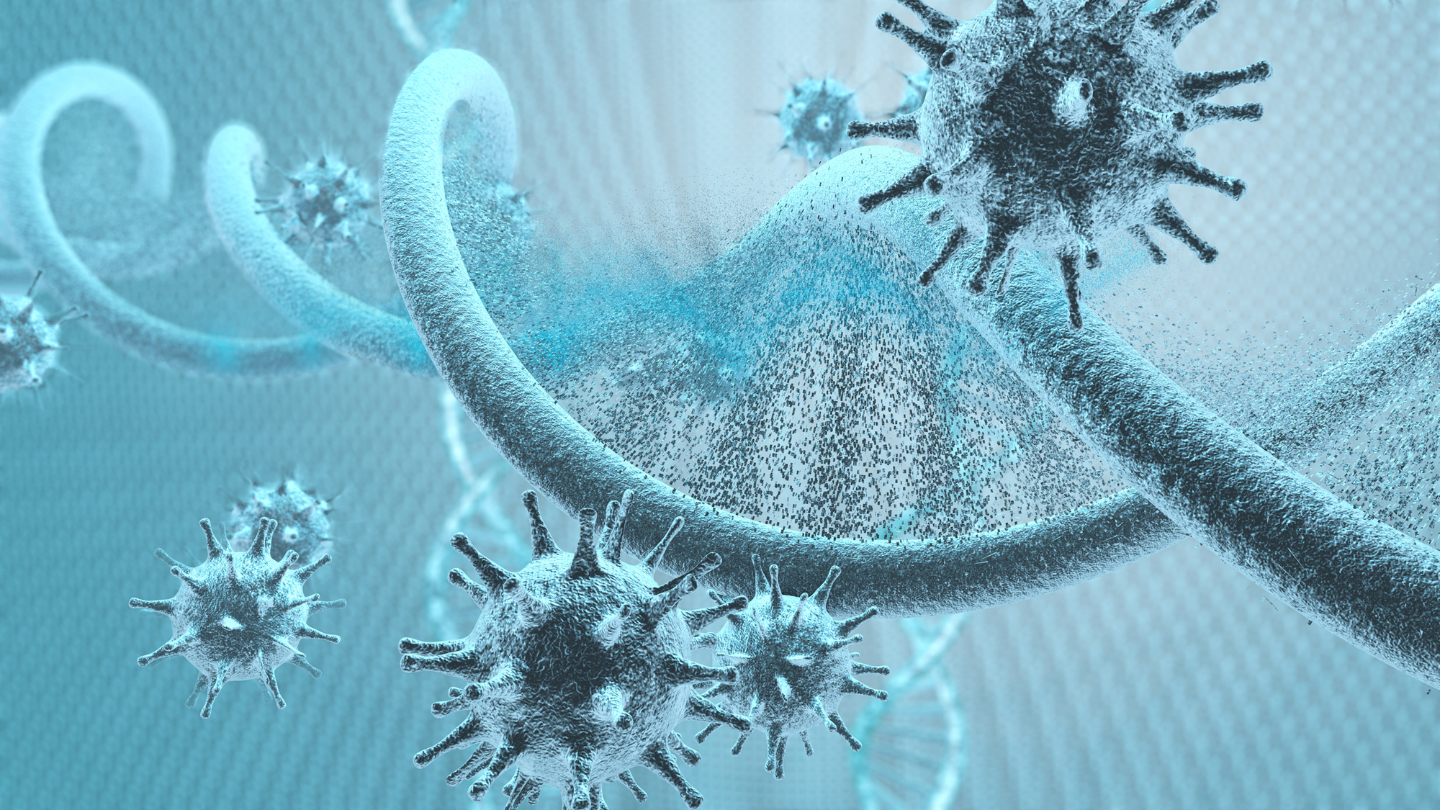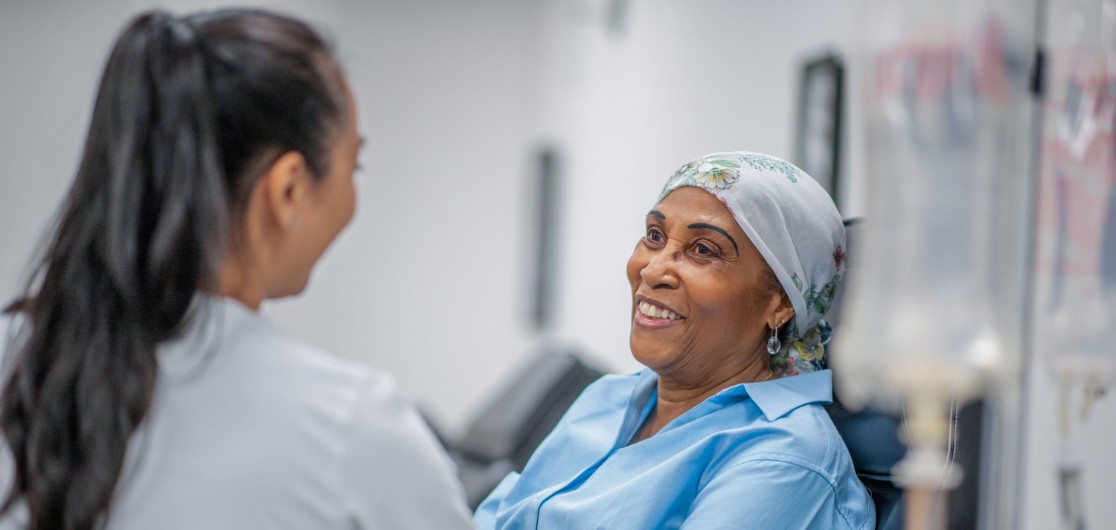Some 30 trillion cells make up the human body. Miniscule but efficient, cells do the work that makes the body function.
Each cell has a lifespan and undergoes apoptosis, or programmed cell death. It instructs old or damaged cells to stop dividing and begin dying. Meanwhile, new cells are made daily through a process of cell division called mitosis.
In all types of cancer, these orderly systems of growing and dying becomes disrupted. Old or damaged cells which should die instead survive. New, abnormal cells form where they are not needed. These rogue cells continue to divide uncontrollably and spread to nearby tissues.
The Cellular Chaos of Cancer
What launches this cellular chaos is thought to be a genetic mutation in the DNA of an individual cell. Think of your DNA as a twisty ladder with rungs made up of pairs of joined molecules, or genes. Sometimes one of the joined molecules, or rungs, has a mutation. That mutation is thought to happen in three ways:
- Inherited from a parent
- Environmental exposure (smoking, exposure to sun or chemicals)
- Cell division errors
Whatever the cause, a damaged cell is able to divide and become cancer because it differs from normal cells in some important ways:
- Normal cells have specific functions; cancer cells do not.
- Cancer cells ignore the apoptosis signals and continue dividing rather than dying.
- The immune system normally helps remove abnormal cells, but cancer cells are able to “hide” from the immune system.
Cancer Doesn't Always Mean Tumor
Eventually, cancer cells form a mass of tissue called a tumor. Cancer cells can also break away from the original tumor and travel – through the lymph system or blood vessels – and create new tumors. This is called metastasis.
Cancers can also occur without the formation of a tumor. That happens with leukemias, myelomas and many lymphomas. In fact, cancer is not one disease but more than 100 types of diseases.
The Four Main Types of Cancer are:
- Carcinomas – The most common type, these cancers begin in the skin or on the surface of organs and glands, such as the breast and prostate.
- Sarcomas – This type begins not in organs but in supportive tissues such as muscles, nerves, tendons, joints, fat, blood vessels, cartilage or bone.
- Leukemias – This tumor-less cancer occurs in the blood and includes acute lymphocytic, chronic lymphocytic, acute myeloid and chronic myeloid leukemias.
- Lymphomas – This cancer begins in the lymphatic system -- the network of vessels and glands which help the body fight infection -- and includes Hodgkin and non-Hodgkin lymphoma.
Cancer researchers are learning more about how cancers develop, and this is helping lead to more precise treatments. Early detection through screening tests remains the best way to detect cancer before it has a chance to grow and spread. Genetic testing for cancer detection is also available at CHI Health.





